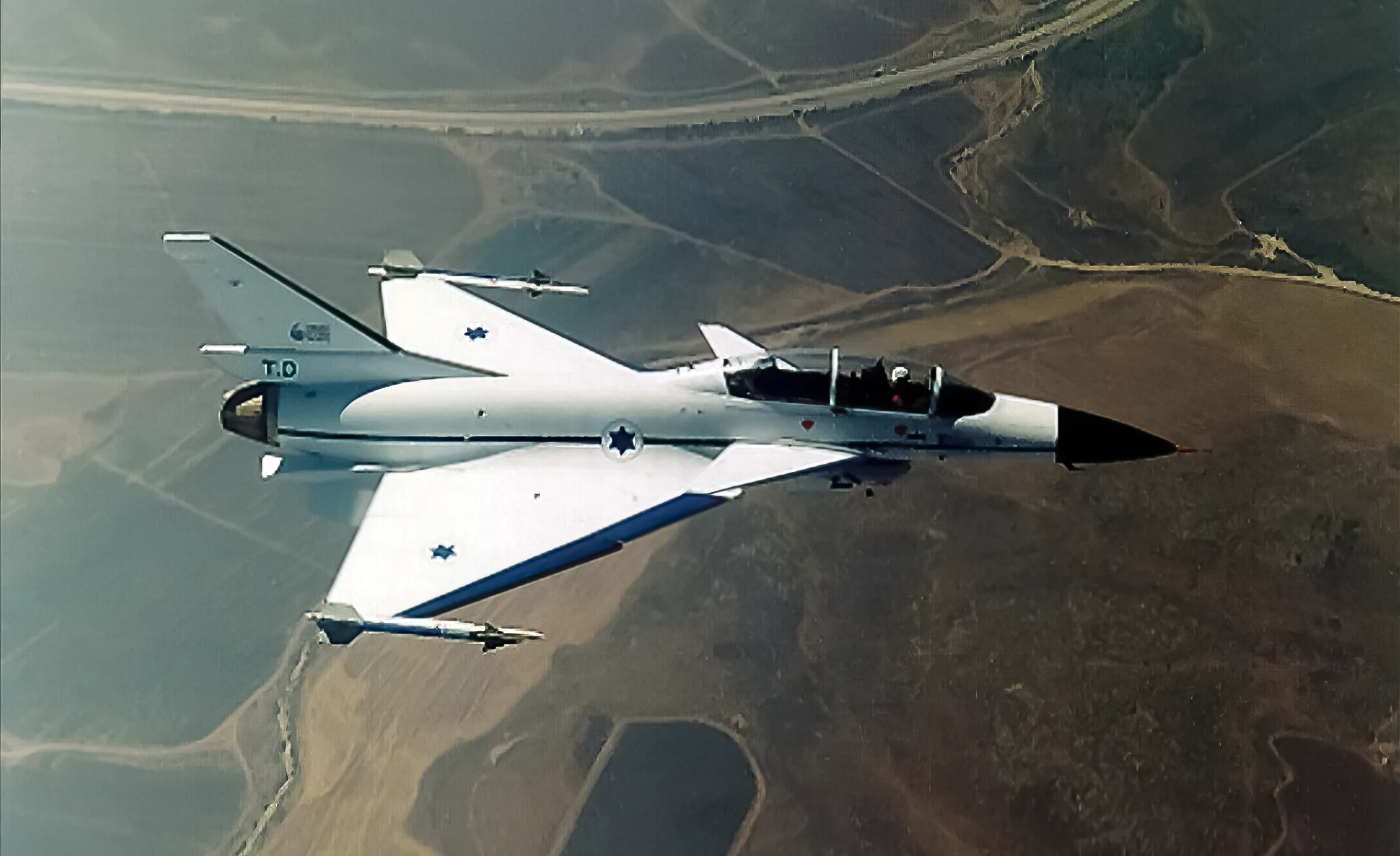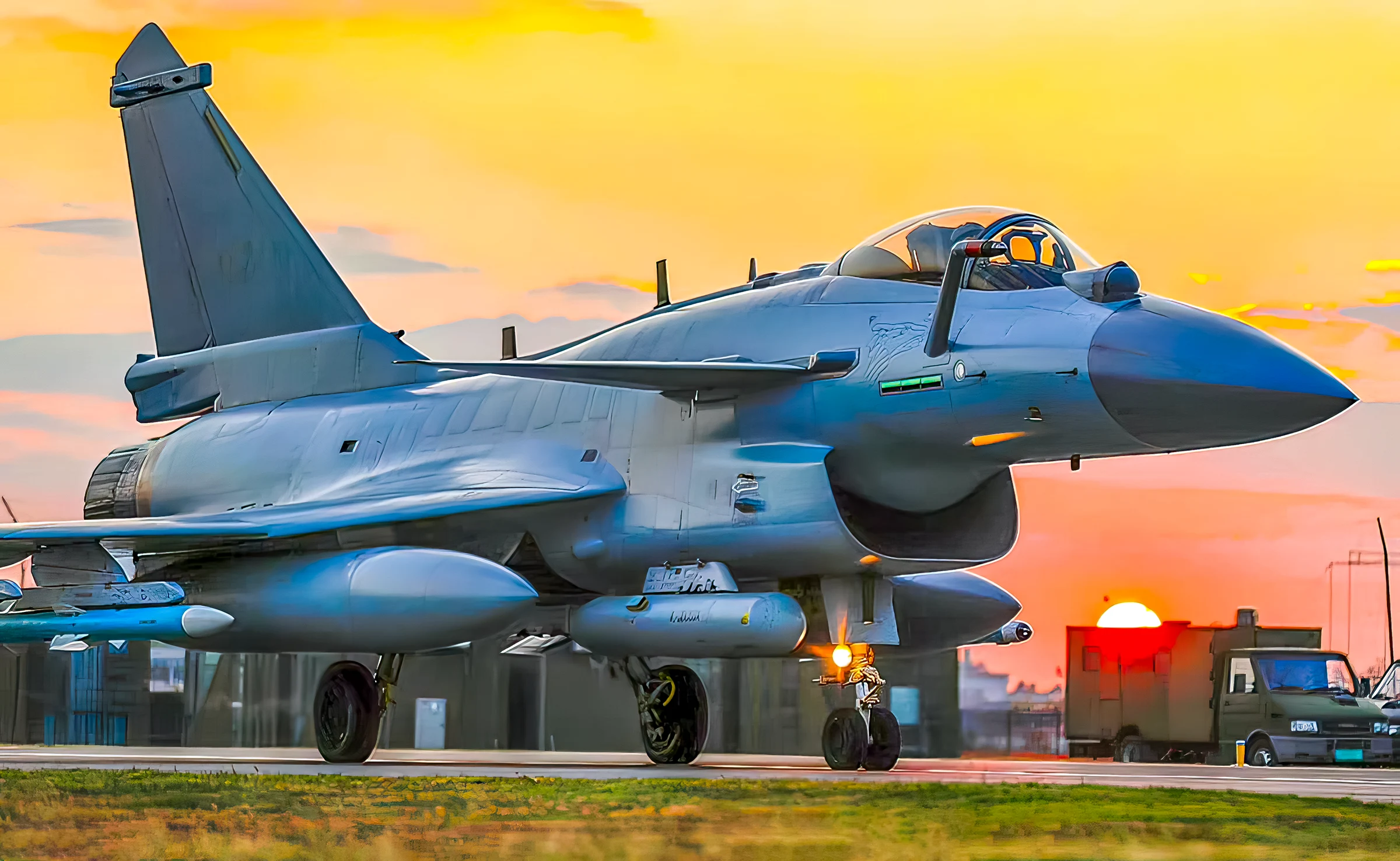The J-10 “Vigorous Dragon” fighter from Chengdu, China, bears a striking resemblance to the American F-16, but its real relationship is with the Israeli IAI Lavi, a fighter project that never came to fruition.
At first glance, the J-10 and F-16 look almost identical: both feature a unique vertical stabilizer, an engine with a central air intake in the fuselage, and a bubble cockpit.
However, although these fighter jets look similar, the J-10 is not a direct copy of the F-16, but rather a distant cousin, with its design inspired by the IAI Lavi.
In 1988, The Sunday Times reported on an alleged agreement between Israel and China to develop a fighter based on the Lavi, although the Israeli defence minister denied such cooperation.
Despite this denial, nearly two decades later, in 2006, Russian engineers suggested that the J-10 was a “copy of the Lavi,” noting that the Chinese aircraft incorporated “foreign technology and design methods” from various sources.
According to a report by Jane's, Russian engineers heard from their Chinese colleagues that there was indeed cooperation with Israel in developing the J-10, although this claim lacks direct evidence.


China, for its part, insists that the J-10 is not a copy of the Lavi, but is derived from earlier Chengdu designs, specifically the cancelled J-9, which also included dummy aircraft.
The J-10 is built using alloys and composite materials, resulting in a strong and lightweight structure. The most notable difference between the J-10 and the F-16 is the delta wing located at the center rear of the fuselage.
In addition, the J-10 features high winglets directly below the cockpit, providing great agility, especially at low speeds, and reducing stall speed during instrument approaches.
The J-10 is also equipped with a large vertical stabilizer above the fuselage and small ventral fins below, improving its stability. For flight control, the J-10 uses a redundant quad-digital system, which prevents the pilot from exceeding the flight envelope, a common challenge in aircraft with falters, which are able to maneuver in very tight radii.
Designed for both air-to-air and air-to-ground missions, the J-10 has 11 hardpoints under the fuselage and delta wings, which can be configured with a variety of weapons or fuel tanks, allowing it to carry up to 12,300 pounds of weapons.
In terms of power, the J-10 is powered by a Russian-made Salyut AL-31FN turbofan engine, which generates 28,000 pounds of thrust, allowing the aircraft to reach top speeds of Mach 1.8 and operate at altitudes of up to 59,000 feet, making it a remarkable performance fighter.





